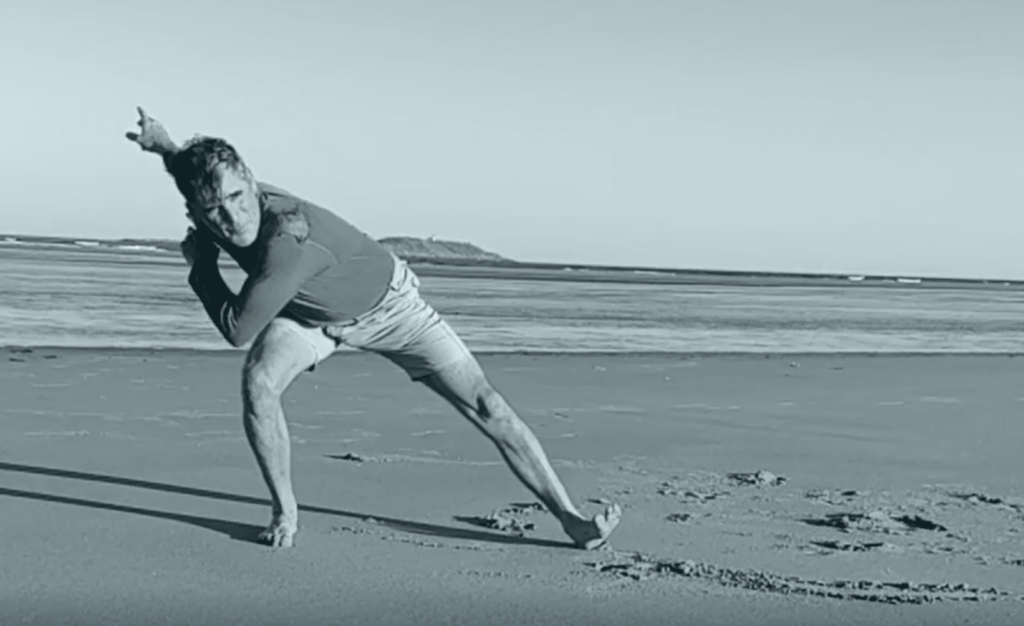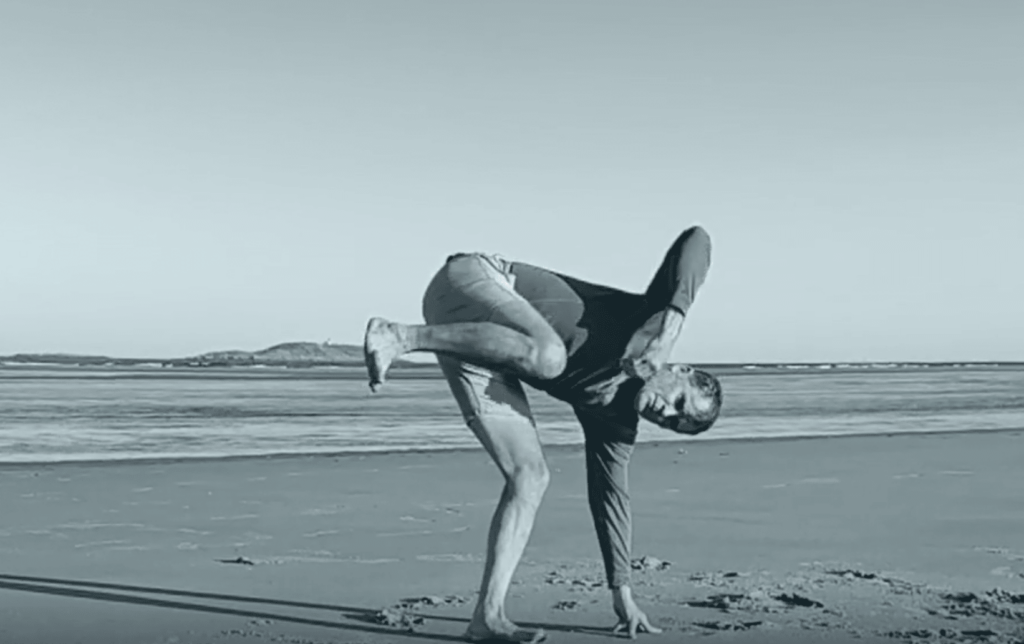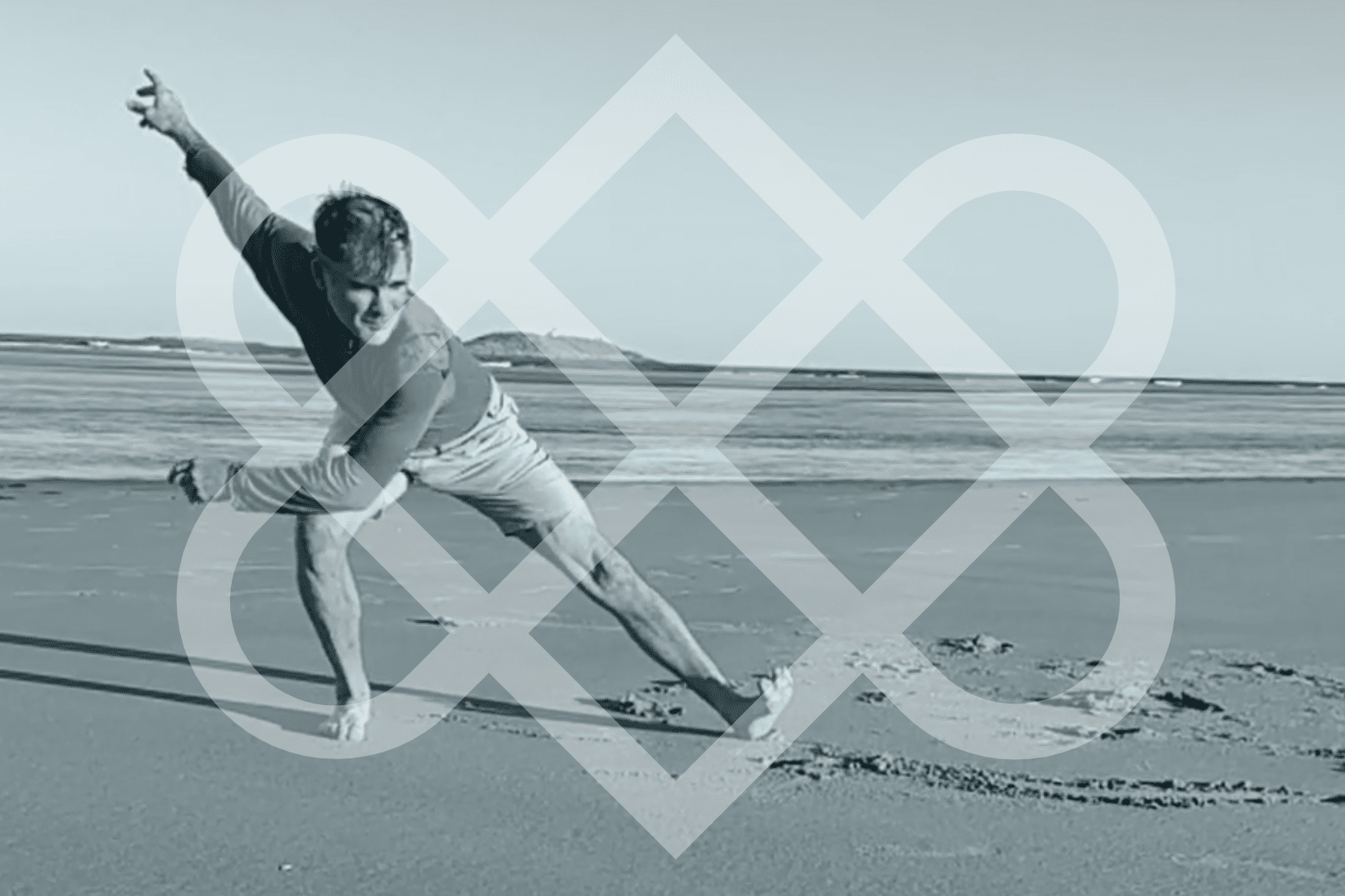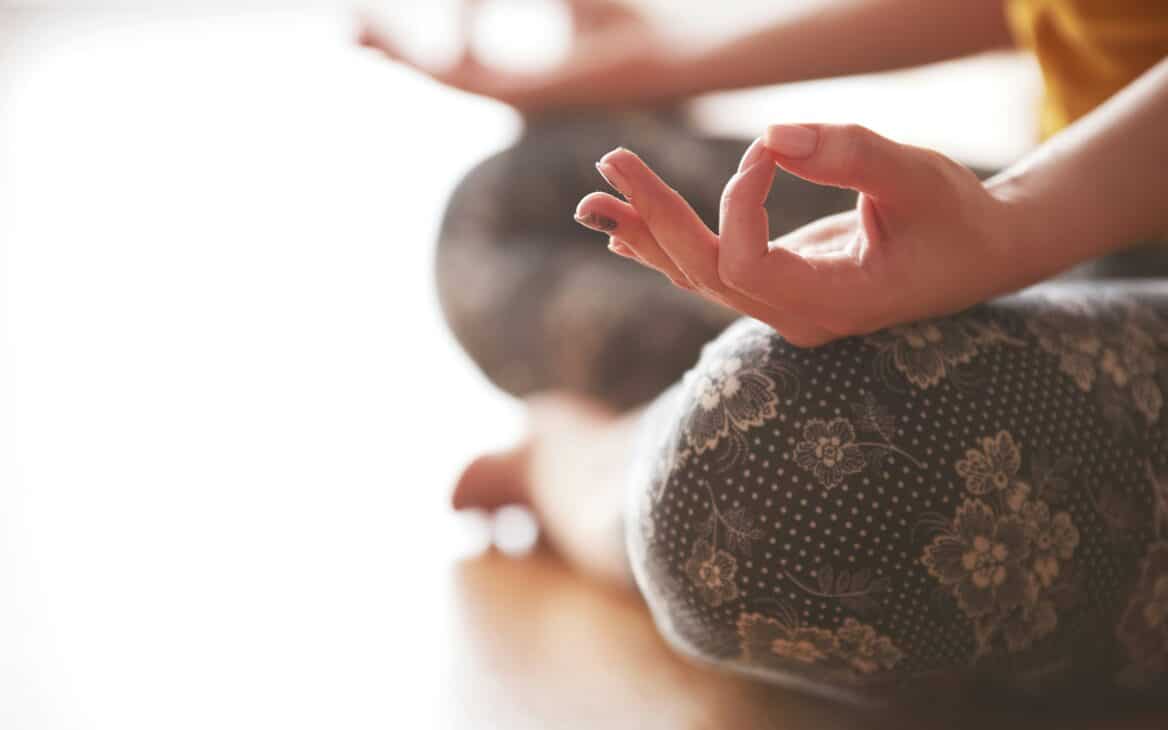Have you ever noticed how tension builds up in your body after a stressful day? Maybe your shoulders feel tight, your neck is stiff, or your lower back aches. What if there was a way to release that tension and move through life with more ease and comfort? That’s where somatics comes in. At Prajna Yoga, our approach to somatics through the SATYA program (Somatic Awareness Training for Yoga Attunement) is designed to help you reconnect with your body and bring more flow, ease, and joy into your life. But what exactly is somatics, and why should it matter to you? Let’s break it down.
1. What Is Somatics?
Somatics is all about developing a deeper awareness of your body from the inside out. It focuses on how you feel and move rather than how you look in a pose. Somatic practices encourage you to notice subtle sensations, release tension, and create healthier movement patterns. In Prajna Yoga’s SATYA program, somatics blends mindful movement with elements of dance, yin yoga, Feldenkrais, and myofascial release to support somatic health and overall well-being.
2. How Is Somatic Yoga Different from Regular Yoga?
Traditional yoga often emphasizes posture (asana) and flexibility, while somatic yoga focuses on how your body feels and moves. It’s less about achieving the “perfect” pose and more about exploring how movement affects your body and mind. SATYA somatic yoga is designed to complement asana practice by encouraging gentle, flowing movements that open up the body’s tissues and release stored tension.

3. Why Should You Care About Somatic Health?
Your body holds onto stress and tension in ways you might not even realize. Over time, this can lead to fatigue, discomfort, and even chronic pain. Somatic health practices help you become more aware of these patterns so you can unwind them. By tuning into your body’s needs, you can improve posture, increase mobility, and feel more energized. SATYA classes at Prajna Yoga are designed to fill the body with prana (vital energy) and reduce fatigue.
4. Who Can Benefit from Somatic Yoga?
Somatic yoga is for everyone. Whether you’re a seasoned yoga practitioner, a teacher looking to expand your practice, a mind-body therapist, or simply someone who wants to feel better in their body, somatic yoga offers something valuable. If you deal with stress, tension, or fatigue—or if you’re just curious about how to move more freely—SATYA classes can help.

5. What Can You Expect in a Somatic Class?
In a SATYA class, expect slow, mindful movements that gently awaken different parts of your body. You’ll explore subtle shifts, rolling, and gliding motions that release deep-seated tension. There’s no pressure to perform—just an invitation to feel and move in ways that nourish your body. These somatic classes create space for the body to naturally unwind and recalibrate.
6. How Does Somatic Movement Improve Posture?
Poor posture isn’t just about slouching—it’s often a result of unconscious movement patterns and built-up tension. Somatic posture work focuses on re-educating your body to move with more ease. Through mindful movements, SATYA helps you release habitual tension, improve alignment, and develop better postural awareness. Over time, this leads to a more balanced and comfortable way of moving.

7. Can Somatic Yoga Help with Stress and Fatigue?
Absolutely. One of the core benefits of somatic yoga is its ability to reduce physical and mental fatigue. SATYA classes at Prajna Yoga are designed to gently restore energy by filling the body with prana. By slowing down and moving mindfully, you allow your nervous system to shift from a stressed state into one of deep relaxation and recovery.
8. What Is SATYA Teacher Training and How Can It Deepen Your Practice?
For those looking to go deeper, Prajna Yoga offers a SATYA Teacher Training program. This certification includes SATYA 1-3 courses, elective classes, lectures, and a practicum to complete 150 hours of specialized training. Whether you’re a yoga teacher, therapist, or wellness practitioner, this somatic teacher training helps you integrate somatic principles into your teaching and personal practice.
9. How Can Somatic Practices Support Long-Term Wellness?
Many people start yoga or fitness routines with great enthusiasm, only to burn out or get injured. Somatic practices, like SATYA, are sustainable because they honor the body’s natural rhythms and needs. By integrating somatic movement into your routine, you create a foundation for long-term wellness. This practice supports your body so you can continue moving with ease for years to come.

10. How Do You Get Started with Somatic Yoga at Prajna Yoga?
Curious to try it for yourself? Prajna Yoga offers in-person and online SATYA classes, so you can begin exploring somatic movement no matter where you are. Whether you’re interested in attending a class or diving into the SATYA teacher training, there’s a welcoming space for you here.
Ready to Move with Ease?
Somatics isn’t just another fitness trend—it’s a pathway to feeling more at home in your body. Whether you’re looking to ease tension, improve your posture, or simply feel more connected, somatic yoga can guide you there. At Prajna Yoga, we’re here to support your journey toward greater ease, flow, and well-being.
Explore our SATYA classes and see how somatic movement can change the way you live in your body.
More about SATYA


